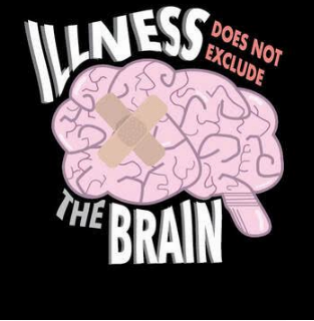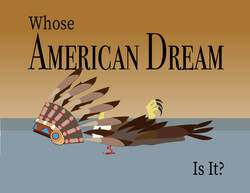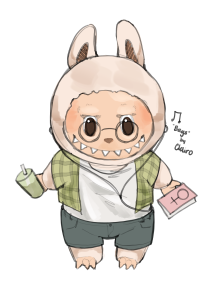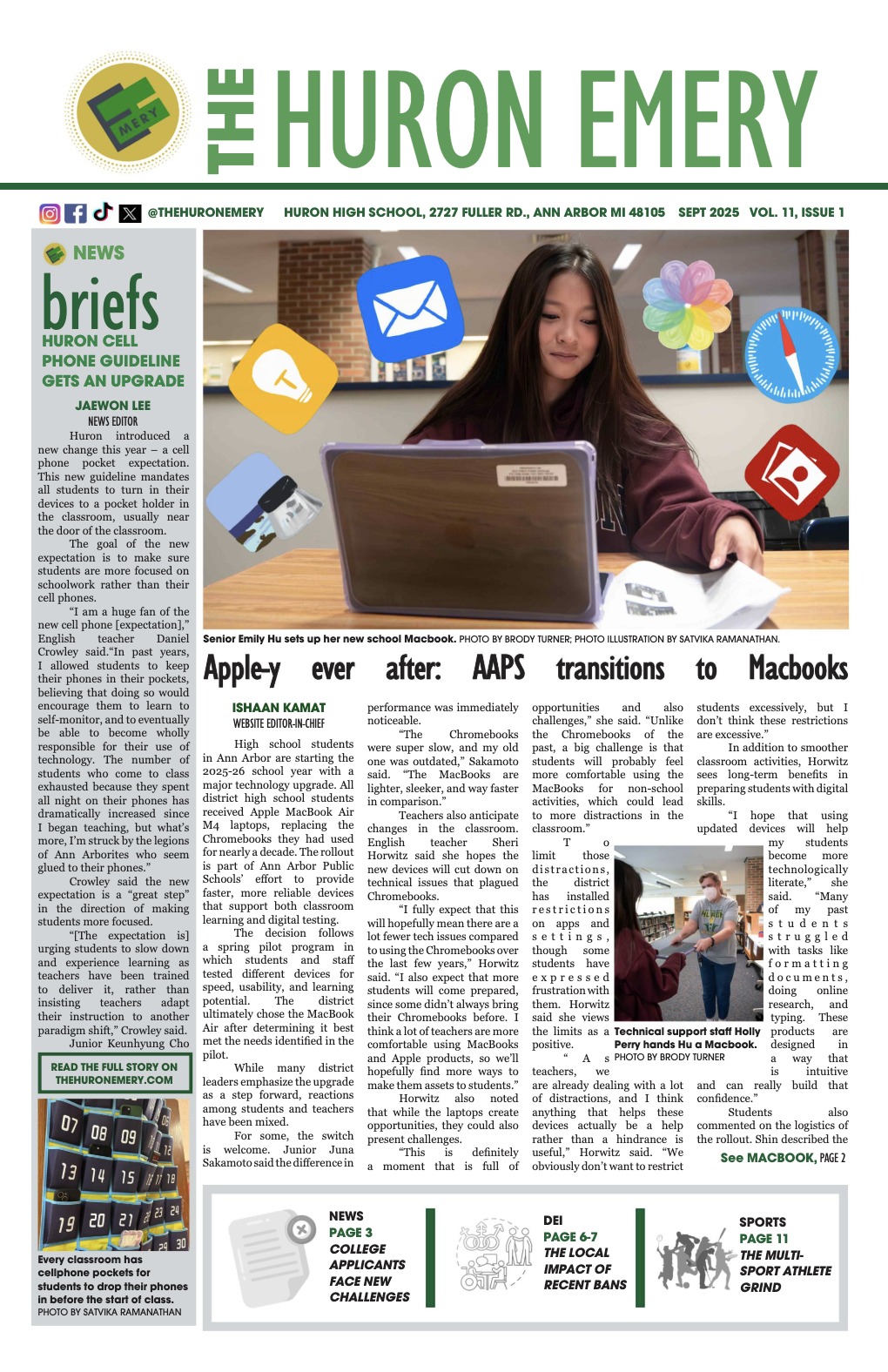Highlighting Huron’s graphic design students
December 27, 2019
Huron’s graphic design program is making strides in the community. One of their most recent prompts was to create a ‘social commentary’ piece. Juniors Sophie Stillwagon, Matthew Yeh and Camellia Sakamoto expanded on the importance of their social commentaries.

Sophie Stillwagon’s social commentary about the importance of mental health.
Stillwagon chose to create a social commentary on the importance of valuing both physical health and mental health.
“Why I do art, does actually have to do with mental health,” Stillwagon said. “It’s a good tool for me, to manage stress and I just find creativity that I really like.”
Stillwagon cares quite a lot about mental health, not only for herself but also for her peers. She wants to decrease the stigma around mental health.
“Mental health affects everything that you do,” Stillwagon said. “And if you have like poor mental health or if you’re going through something, it can be very limiting.”
The stigma around mental health can be especially harmful for teenagers. Just by starting a conversation about it, is a good first step. The main message of Sophie’s piece is that mental health is as important as physical health.
“I think it[mental health] should be prioritized and that it is important,” Stillwagon said.

Junior Matthew Yeh’s social commentary on our treatment of the earth.
Yeh took a totally different approach to the assignment. Yeh’s piece looks at the importance of renewable resources.
“I was critical of big oil companies because what they are doing is that they are using up all of these non-renewable resources,” Yeh said. “All of this is gonna run out and we need to invest in renewable resources.”
He wanted to choose an issue that related to everyone.
“All of the climate walk-outs are very relevant because it affects everyone in the world,” Yeh said. “I think that climate change is something that is on everyone’s mind.”
Sakamoto decided to create a social commentary looking at the ‘American Dream’.
“I chose this specific social commentary because I have heard cases about discrimination directed toward Native Americans, at degrees varying from genocide, to poor living conditions on reservations to possession of land under unjust law,” Sakamoto said. “I wondered why we do not acknowledge this issue of discrimination more often in society.”
Sakamoto wanted to demonstrate that the American Dream is a flawed concept, and it can often come at the expense of others.
“In this case, the ideals of our current democracy can be the death of the values of the Native American community,” Sakamoto said. “Several ideals that have persisted for American Society have been white supremacy, claims over vast territories, and freedom for a select demographic.[…] It’s not just that it[the art] contradicts current principles of the United States, but it is also a question of whether the United States has a right to impose anything on them at all.”
Sakamoto recognizes that as she isn’t a Native American so she can’t speak on behalf of the Native American

Junior Camellia Sakamoto’s social commentary on the American Dream which she made for her graphic design art class.community, but she wants to express that Native Americans should be heard and listened to.
“I think it needed to be that way in order to start the chain of progress that continues in society today,” Sakamoto said. “However, there is a lot of residual closed-mindedness from the past that still runs many aspects of our society. This is what needs to be changed, and I feel that it is my role as someone who recognizes this to share ideas of acceptance and freedom for others.”
Sakamoto, Stillwagon and Yeh all chose commentary that affected people in large capacities, and they aspire to make a positive change.










